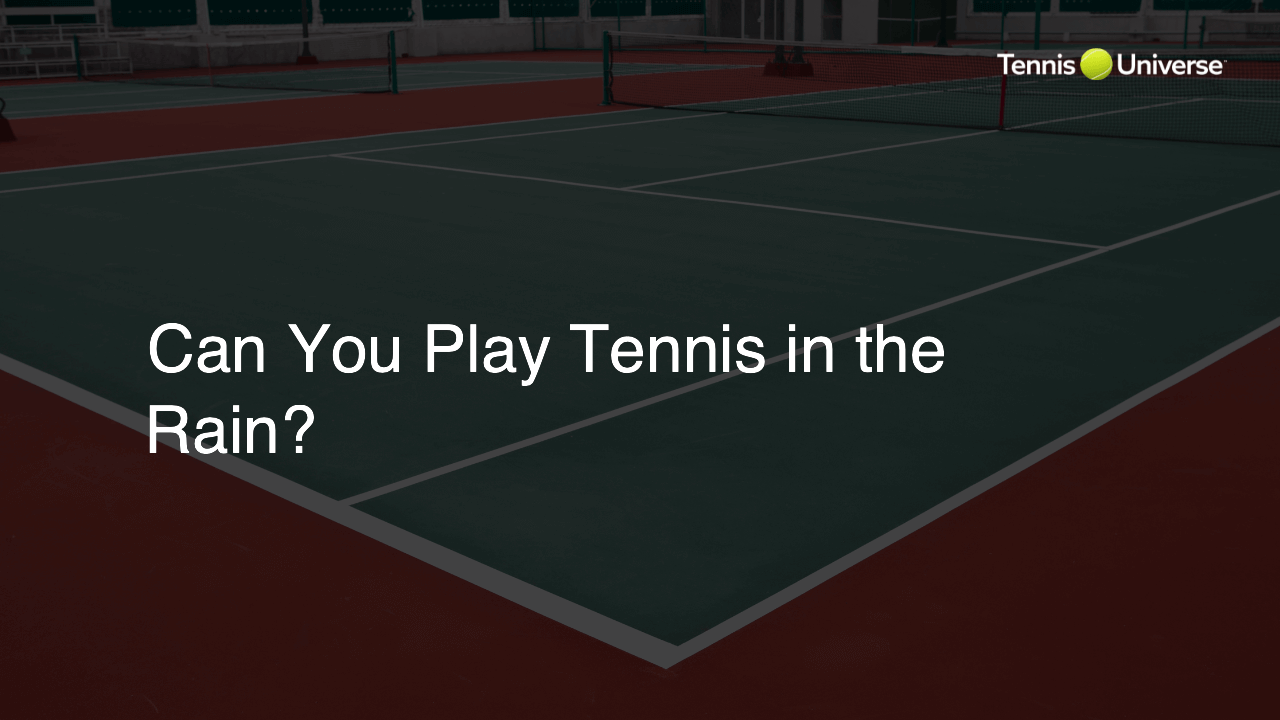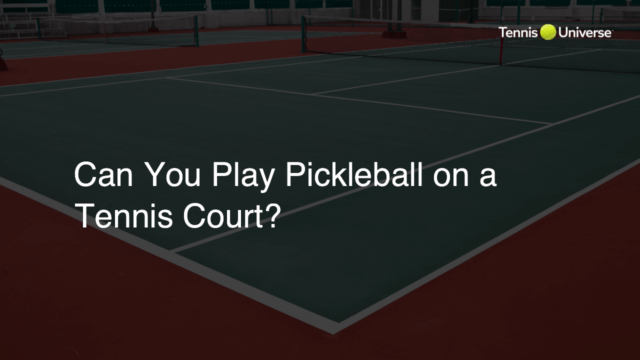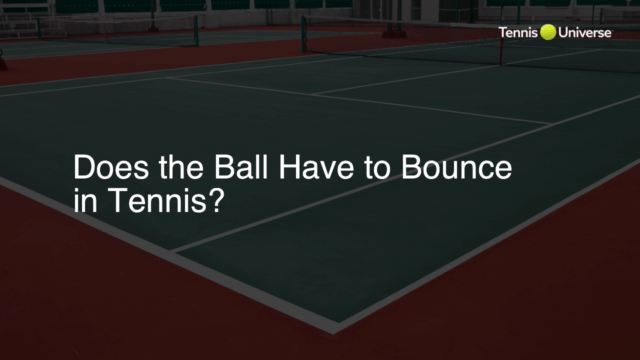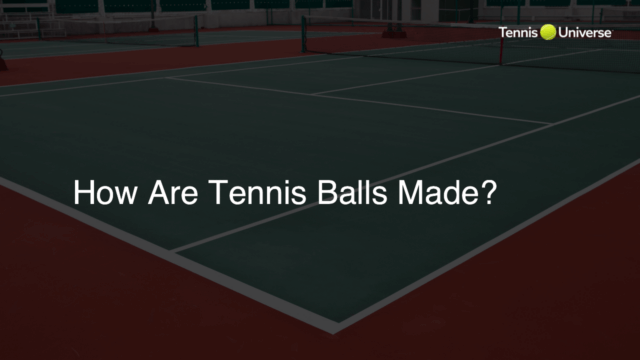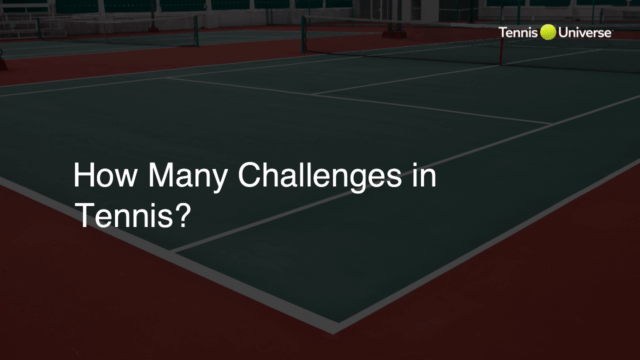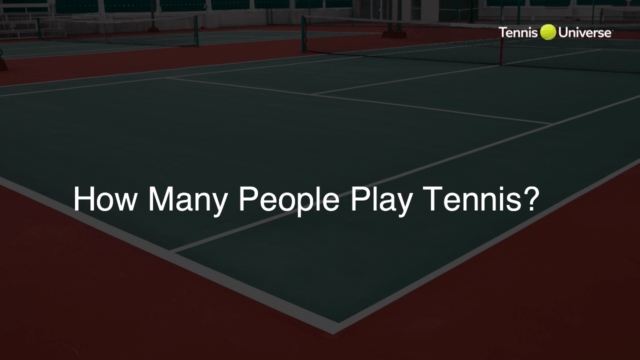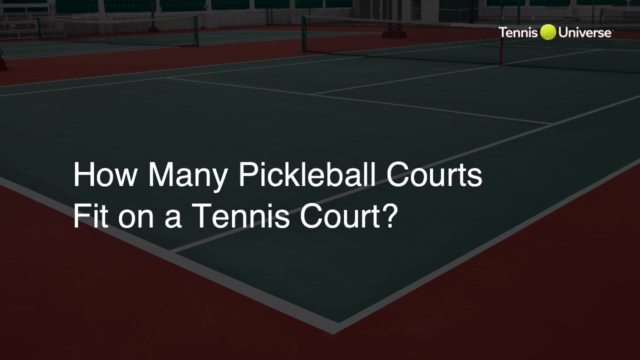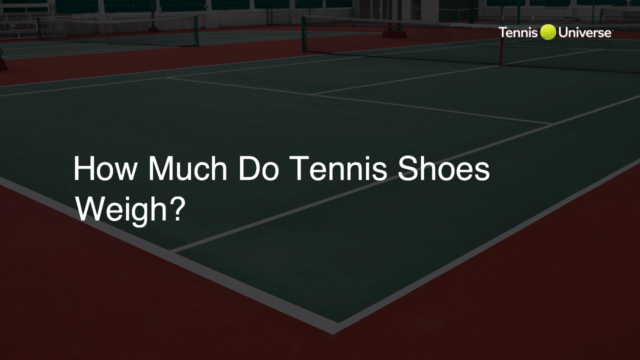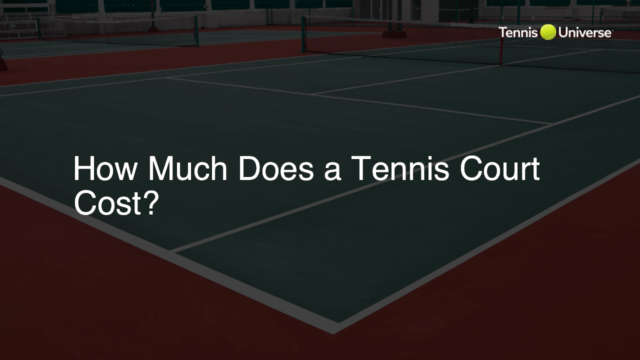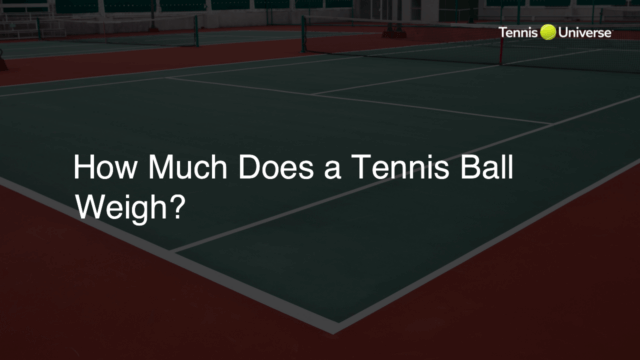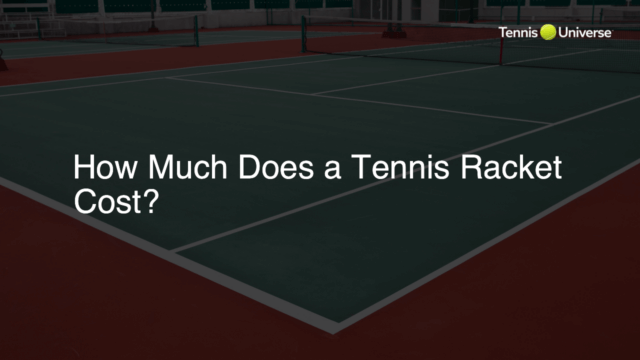Playing tennis in the rain is not recommended due to safety concerns, potential damage to the court, and negatively impacting the quality of play. Wet surfaces increase the risk of slipping and injury, the tennis ball becomes heavier and more unpredictable, and the court can be damaged by water, especially if it is a clay court.
Why Tennis Should Not Be Played in The Rain
Though you might be eager to grab your tennis racket and play, doing so in the rain is not the best decision. Let’s dive into some of the top reasons why playing tennis in the rain is discouraged.
Safety Concerns
First and foremost, playing tennis on a wet surface increases the risk of slipping and injury. Tennis requires quick movements and sudden changes in direction, making it more likely for players to lose their footing on a wet court. Injuries sustained from slipping on a wet surface could range from minor bruises to severe damage, such as sprains or fractures.
Impact on Quality of Play
Playing in wet conditions affects the natural performance of both the tennis ball and your tennis racket. Water absorption can make the ball heavier, leading to inconsistent bounce and erratic ball behavior. Swinging a wet tennis racket can also lead to reduced grip, diminishing your control over shots and your overall game.
Damage to Tennis Courts
Waterlogged courts, particularly clay courts, are susceptible to damage during rainy conditions. Playing on such delicate surfaces can lead to marks, grooves, or even large divots that may require costly maintenance or repairs. Moreover, playing on puddles can cause the ball to skid unpredictably, leading to an undesirable playing experience.
How to Play Safely If Caught in a Drizzle
If you decide to play when it’s just a light drizzle, consider using tennis shoes with a water-resistant, non-slip sole to mitigate slipping risk. Dry your tennis racket handle and utilize a towel to maintain grip and prevent moisture buildup. However, if the surface becomes visibly wet or slippery, it’s best to err on the side of caution and stop playing until conditions have improved.
Alternatives for Tennis Enthusiasts on Rainy Days
Rainy weather does not have to derail your tennis plans entirely. Here are some alternatives to consider when rain hampers your outdoor tennis sessions:
Indoor Tennis Courts
If the rain outside makes it impossible to play, consider indoor tennis courts as an option. Several sports complexes offer indoor tennis courts with similar rules and standards as outdoor courts. Transitioning to indoor play might require some adjustments, but it allows you to keep your tennis routine intact.
Training at Home
Consider using the unexpected time off the court to work on your fitness and skillset at home. Some effective tennis tips to improve your game include focusing on conditioning, strength training, flexibility, and reflex training. Additionally, watching professional tennis matches and analyzing players’ techniques can provide valuable insights to apply to your own game.
Scheduling Flexibility
Even the best preparations and predictions can be thwarted by sudden rainfall. On days when the weather forecast indicates inclement weather, plan to play your match early or reschedule it for another day to maximize the chances of dry court conditions.
Rain Guidelines and Preparedness
No tennis player can avoid rain entirely. Ensure you are familiar with your club’s rain guidelines and take necessary precautions to safeguard your equipment and personal belongings during unexpected downpours. Keep essential supplies, such as a towel, extra dry clothes, and a waterproof jacket, handy to stay prepared.
FAQ Section
Here are some frequently asked questions and answers related to playing tennis in the rain and adapting to wet conditions:
What type of tennis court is most affected by rain?
Clay courts are the most impacted by rain because they are prone to waterlogging, making the surface slippery and muddy. This includes both clay, such as Har-Tru courts, and, to a lesser extent, grass courts. Hard courts typically fair better in wet conditions but can still become slippery.
Why do professional tournaments stop play when it rains?
Professional tennis tournaments halt play during rain to ensure player safety and maintain a high level of competitive play. Wet conditions pose a slipping hazard for players and can lead to inconsistent ball response, affecting the overall quality and fairness of a match.
How long does it take for a wet tennis court to dry?
The drying time for a wet tennis court depends on factors such as the type of court, the amount of rainfall, and environmental conditions. For hard courts, drying can take anywhere from one to a few hours. Clay courts usually take longer to dry due to their higher absorbency. Employing equipment like court squeegees or blowers can significantly speed up the process.
Can playing in the rain damage my tennis racket?
While brief exposure to rain is unlikely to cause significant harm, prolonged exposure to moisture is not ideal for a tennis racket. Moisture can affect the strings’ tension, lead to rust in metal components, and deteriorate the racquet’s grip. To maintain your racket’s lifespan and performance, it’s recommended to avoid playing in the rain and store it in a dry place.
How can I maintain my grip on a wet tennis racket?
If you find yourself playing in light drizzle, periodically dry the handle using a towel. Applying an overgrip designed for wet conditions can also improve traction. However, remember that it is always best to stop playing altogether if the court becomes visibly wet or slippery.

